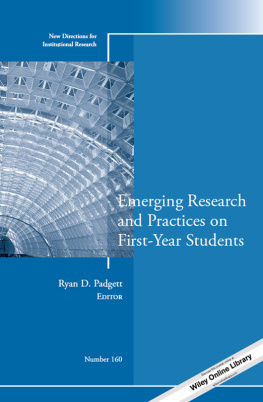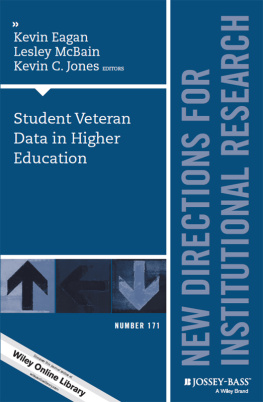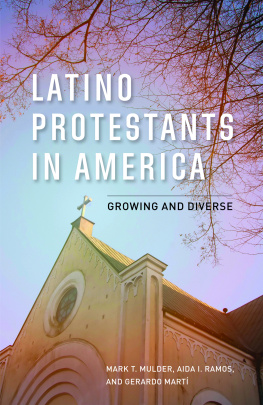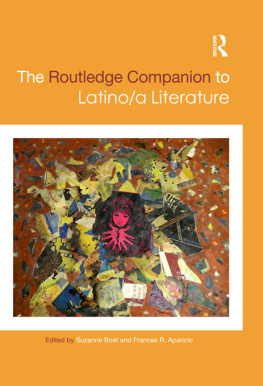
COLLEGE COMPLETION FOR LATINO/A STUDENTS: INSTITUTIONAL AND SYSTEM
APPROACHES
Melissa L. Freeman, Magdalena Martinez
New Directions for Higher Education, no. 172
Betsy O. Barefoot and Jillian L. Kinzie, Co-editors
Copyright 2015 Wiley Periodicals, Inc., A Wiley Company. All rights reserved. No part of this publication may be reproduced in any form or by any means, except as permitted under sections 107 and 108 of the 1976 United States Copyright Act, without either the prior written permission of the publisher or authorization through the Copyright Clearance Center, 222 Rosewood Drive, Danvers, MA 01923; (978) 750- 8400; fax (978) 646-8600. The copyright notice appearing at the bottom of the first page of a chapter in this journal indicates the copyright holder's consent that copies may be made for personal or internal use, or for personal or internal use of specific clients, on the condition that the copier pay for copying beyond that permitted by law. This consent does not extend to other kinds of copying, such as copying for general distribution, for advertising or promotional purposes, for creating collective works, or for resale. Such permission requests and other permission inquiries should be addressed to the Permissions Department, c/o John Wiley & Sons, Inc., 111 River Street, Hoboken, NJ 07030; (201) 748-6011; fax (201) 748-6008; www.wiley.com/go/permissions.
Microfilm copies of issues and articles are available in 16mm and 35mm, as well as microfiche in 105mm, through University Microfilms Inc., 300 North Zeeb Road, Ann Arbor, MI 48106-1346.
NEW DIRECTIONS FOR HIGHER EDUCATION (ISSN 0271-0560, electronic ISSN 1536-0741) is part of The Jossey-Bass Higher and Adult Education Series and is published quarterly by Wiley Subscription Services, Inc., A Wiley Company, at Jossey-Bass, One Montgomery Street, Suite 1200, San Francisco, CA 94104-4594. POSTMASTER: Send address changes to New Directions for Higher Education, Jossey-Bass, One Montgomery Street, Suite 1200, San Francisco, CA 94104-4594.
New Directions for Higher Education is indexed in Current Index to Journals in Education (ERIC); Higher Education Abstracts.
Individual subscription rate (in USD): $89 per year US/Can/Mex, $113 rest of world; institutional subscription rate: $335 US, $375 Can/Mex, $409 rest of world. Single copy rate: $29. Electronic onlyall regions: $89 individual, $335 institutional; Print & ElectronicUS: $98 individual, $402 institutional; Print & ElectronicCanada/Mexico: $98 individual, $442 institutional; Print & ElectronicRest of World: $122 individual, $476 institutional.
Editorial correspondence should be sent to the Co-editor, Betsy O. Barefoot, Gardner Institute, Box 72, Brevard, NC 28712.
Cover design: Wiley
Cover Images: Lava 4 images | Shutterstock
www.josseybass.com
Latino/a Student Success: A National Agenda
In 2009, President Obama's College Completion Agenda set a national goal for the United States to be the world leader in college degree attainment among 2534-year-olds by 2020 (White House, Office of the Press Secretary, 2009). This agenda has attracted supporters from organizations such as the College Board, the American Council on Education (ACE), the American Association of Community Colleges (AACC), the American Association of State Colleges and Universities (AASCU), and the National Governors Association (NGA). In addition, organizations such as the Bill and Melinda Gates Foundation, the Lumina Foundation for Education, the W.K. Kellogg Foundation, the Kresge Foundation, and the Ford Foundation have provided funding for initiatives designed to meet this goal (Russell, 2011).
In 2010, the College Board Advocacy & Policy Center, in collaboration with Excelencia in Education and the National Council of La Raza (NCLR), completed the College Completion Agenda: State Policy GuideLatino Edition, which has become the catapult for a national effort for the federal government and key national organizations to improve college completion rates among Latino/as. It is estimated that Latino/as will have to earn 5.5 million degrees by 2020 in order for the United States to regain the top world ranking for college degree attainment as outlined by President Obama (Santiago & Callan, 2010). Success will hinge on the success of Latino/a students and the institutions that serve them.
Growth of a Population
Latino/as are the fastest growing demographic in the United States. They represent 17% of the U.S. population, having increased by 50% from 2000 to 2012. This is the largest growth of all population groups except Asian Americans. By 2060 Latino/as are projected to represent 31% of the total U.S. population (Santiago, Caldern Galdeano, & Taylor, 2015).
This growth implies a shift in the demographic makeup of the U.S. labor force. According to the Bureau of Labor Statistics (Toossi, 2012), Latino/as will constitute almost 20% of the U.S. labor force by 2020, with 65% of all jobs requiring some form of postsecondary education or training. With a projected 55 million job openings by 2020, should the current completion rate remain the same, the United States will be short about 5 million workers who have the postsecondary education necessary to perform those jobs (Carnevale & Strohl, 2013).
Despite some recent gains in postsecondary enrollment, the educational pipeline still continues to hemorrhage Latino/as. Although Latino/as account for 24% of the nation's elementary and secondary school enrollment, they represent only 19% and 11% of the nation's community college and 4-year institution enrollments, respectively (Excelencia in Education, 2015; Hispanic Association of Colleges and Universities, 2015; Snyder & Dillow, 2012). And, most Latino/as attend Hispanic-serving institutions (HSIs), which account for 12.1% of all nonprofit colleges/universities in the United States. HSIs enroll 20% of all students, but nearly two-thirds (58.9%) of all Latino/a students attend HSIs exclusively, up significantly in the last several years (Hispanic Association of Colleges and Universities, 2015; Santiago, 2006).
Hispanic-Serving Institutions
Hispanic-serving institutions are defined as accredited and degree-granting public or private nonprofit institutions of higher education with 25% or more total undergraduate Hispanic full-time equivalent student enrollment (Santiago, 2006, p. 5). By their very definition, HSIs were developed as a response to large concentrations of Latino/a students in institutions of higher education (IHEs) and not as institutional mandates to serve Latino/a students. As such, Hispanic-serving institutions have historically been characterized by their enrollment ratios rather than by their institutional mission (Santiago, 2006, p. 5).
It was not until the early 1980s that institutional leaders began to raise national awareness about growing Latino/a enrollments on their campuses. The first mention of Hispanic institutions occurred in 1983 during Congressional hearings that focused on Latino/a access to higher education. In these hearings it was noted that (a) Latino/as lacked access and were not successful in completion and (b) Latino/as attended institutions with limited financial support, which hampered the ability to improve their success. In response, Congressman Paul Simon (D-IL) introduced legislation to provide support to institutions that served large numbers of Latino/a students at Hispanic institutions. Meanwhile, a group of institutional leaders and other interested parties founded the Hispanic Association of Colleges and Universities (HACU) to raise recognition of and investment in those institutions and others with student enrollments that were at least 25% Hispanic. At HACU's inaugural meeting in 1986, members coined the phrase Hispanic-serving institution. Despite this growing attention, it was not until 1992 that federal legislation officially recognized HSIs through Title III of the Higher Education Act. It would take 3 more years for federal funding to be allocated. Thus, in 1995, 37 of the 189 existing HSIs received $12 million in federal appropriations under Title V's Developing HSIs Program. Funding has continued over the years; as recently as 2013, 151 of 370 HSIs received approximately $95 million in program support (Santiago, 2006; Villarreal & Santiago, 2012). However, two issues are important to note. First, the federal designation and financial support differ significantly for HSIs versus minority-serving institutions (MSIs), historically Black colleges and universities (HBCUs), or tribal colleges and universities (TCUs). Title V funding is not mandated nor guaranteed for all HSIs. Rather, HSIs must meet stringent criteria as outlined by the federal government to qualify
Next page










